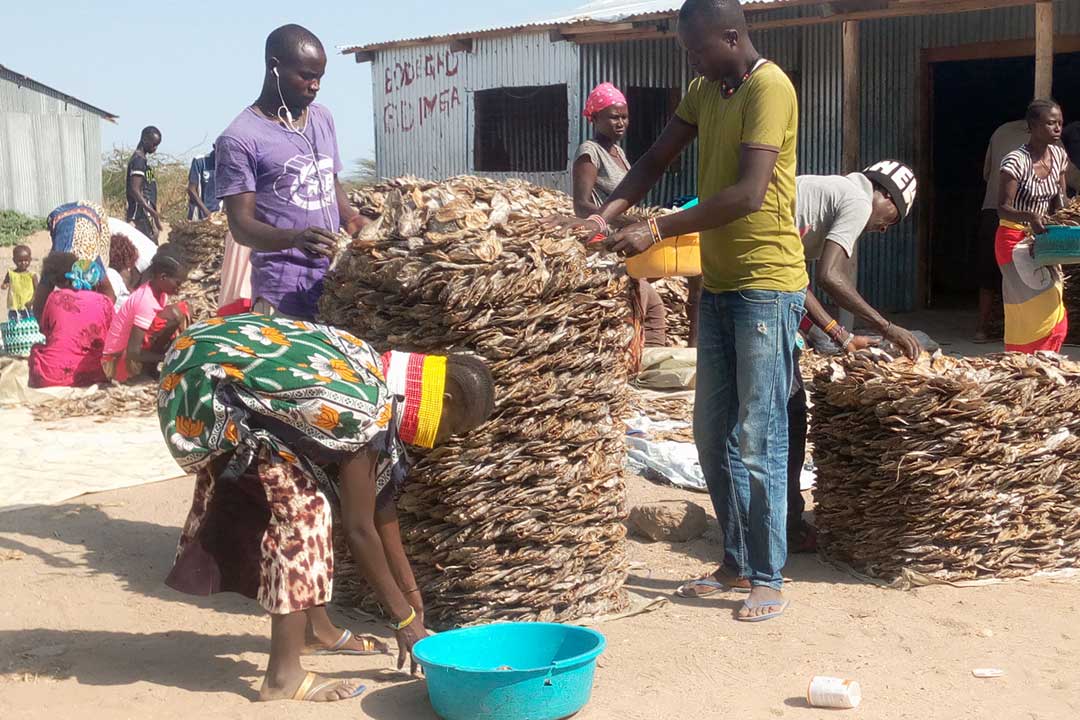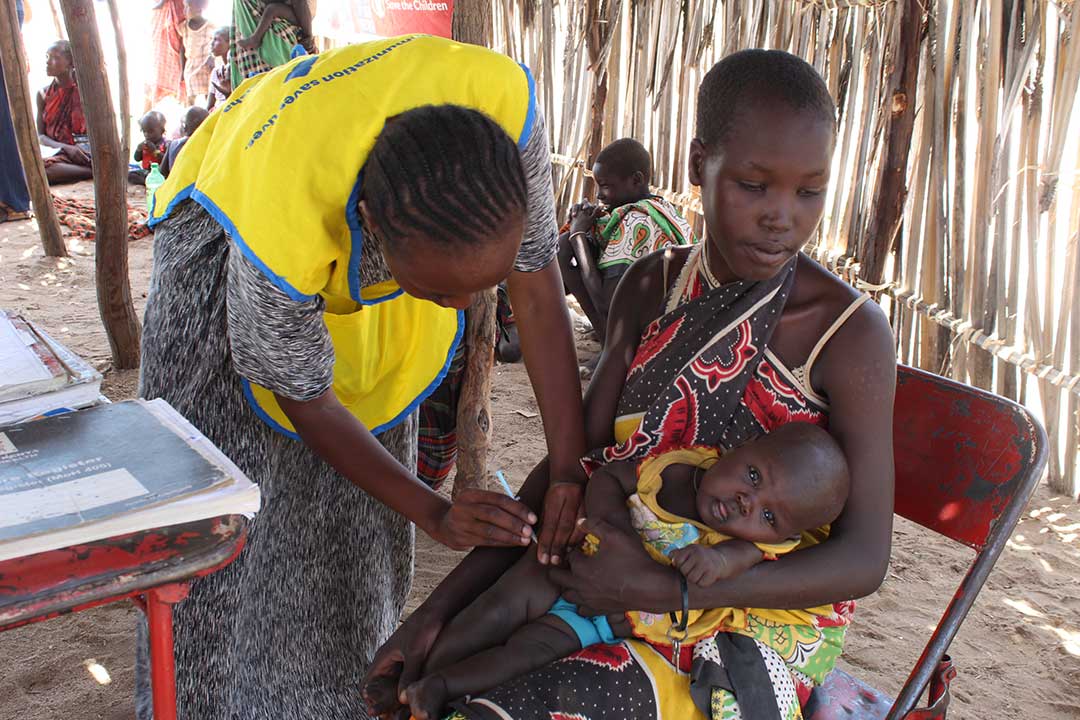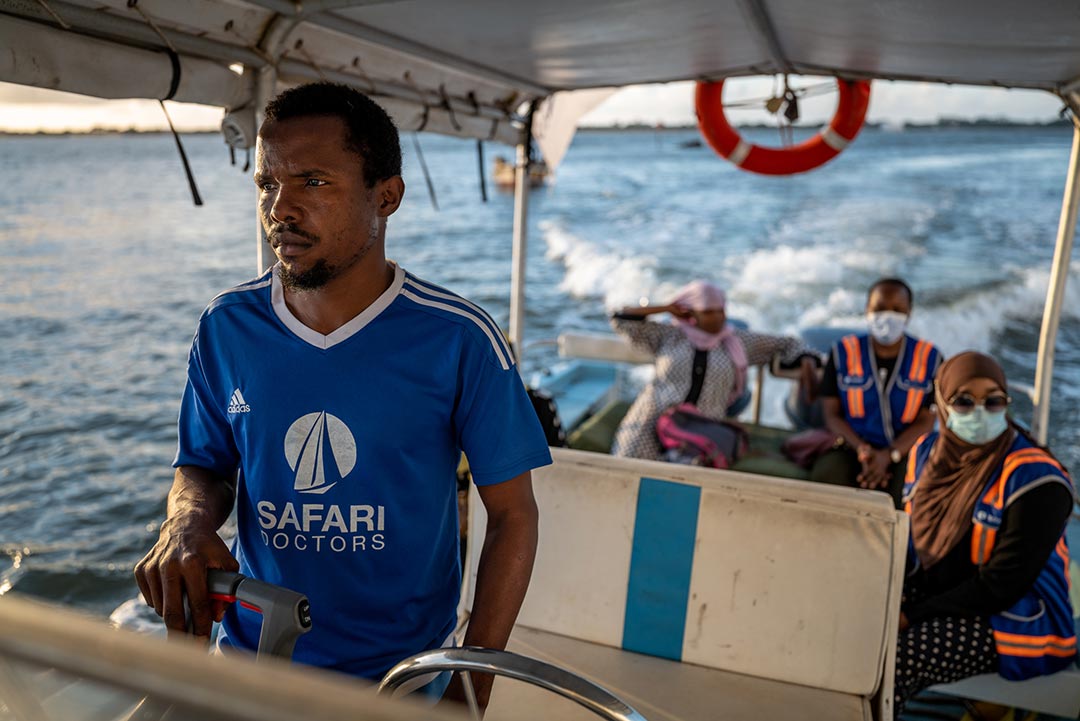Reaching zero-dose children in northern Kenya
Health workers in the northern region of Kenya are facing misinformation and the threat of Al Shabaab to reach zero-dose children.
- 6 July 2022
- 5 min read
- by Abjata Khalif

Halima Arte, a renowned traditional birth attendant in Shimbirey village in Garissa, is among the hundreds of traditional birth attendants who traverse the remote, dry northern regions of Kenya offering vaccine awareness and its benefits to mobile pastoralist communities.
![Halima Arte, [middle] with other traditional birth attendants listening to women's views in Nunow, Garissa County. Credit: Abjata Khalif](/sites/default/files/vaccineswork/2022/Thumbnail/Halima-Arte_h2.jpg)
Credit: Abjata Khalif
The traditional birth attendants led by Arte navigate harsh conditions to meet clusters of community members in various areas like watering points, makeshift markets, grazing blocs and trading routes travelling from Garissa County headquarters to far-flung villages.
“It’s a partnership between ourselves and the local health authority. Our work is to supplement the government effort of immunising as many children as possible and to make the remote communities aware of things like immunisation calendars and where to access such services away from their remote and far border settlement,” reveals Arte.
"I have 20 years’ experience in offering traditional delivery services and my expertise has earned me important status in my community and village. The mutual trust between me and my community has made it easy for the zero-dose campaign to be taken seriously by the community and conservative folks."
As a signatory to the Global Vaccine Action Plan (GVAP), Kenya has deployed various strategies to expand its national immunisation coverage and reach out to zero-dose communities, particularly children in the remote and conflict-prone northern parts of the country.
The Kenyan government, in collaboration with devolved county units in northern Kenya, is liaising with local community health workers, traditional birth attendants and cultural elders with the aim of engaging the traditionally nomadic population and immunising the zero-dose children in their midst.
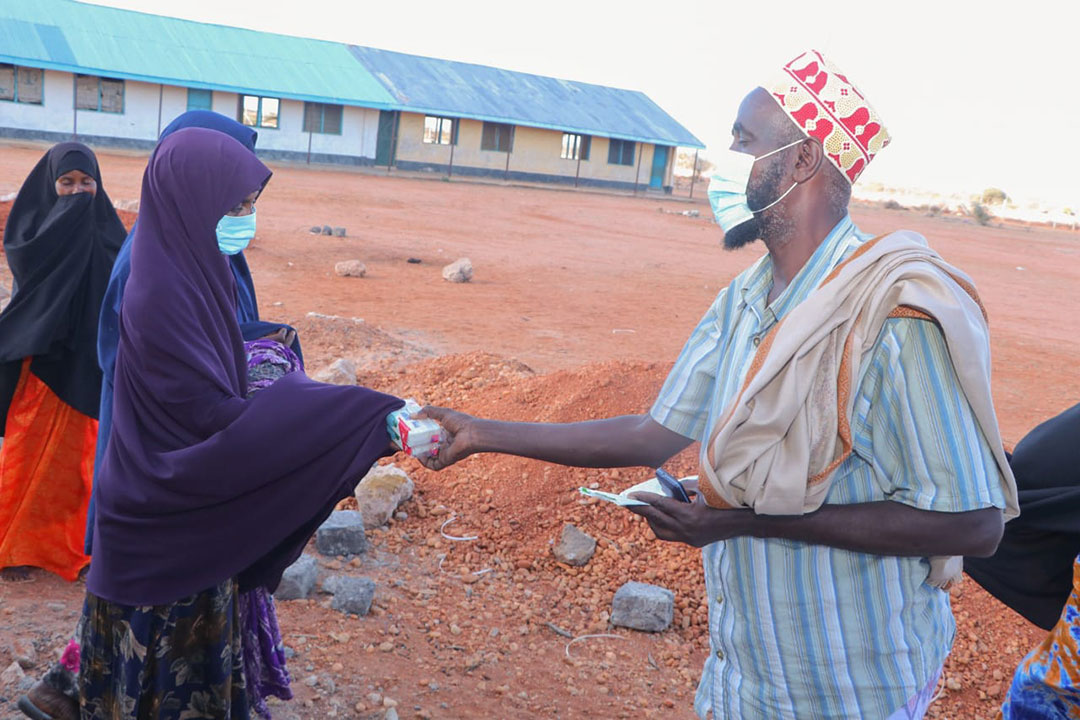
Credit: Abjata Khalif
Out of the 328,000 people inhabiting remote villages and border outposts in Kenya, 228,000 are nomadic. moving from one border outpost to another in search of water and pasture for their livestock.
Traditional birth attendants are much liked and respected by remote village communities due to the critical traditional delivery services they offer to women in these hard-to-reach areas.
“I have 20 years’ experience in offering traditional delivery services and my expertise has earned me important status in my community and village. The mutual trust between me and my community has made it easy for the zero-dose campaign to be taken seriously by the community and conservative folks,” Arte states.
The 2014 survey showed that children in areas with easier access to health facilities had a higher chance of getting immunisation services compared to those living in border areas and conflict settings. The northern region has the lowest basic vaccination coverage in the country.
Arte and other traditional birth attendants were taken through a series of education, awareness and knowledge-sharing sessions on the importance of engaging the community in their hard-to-reach areas and they gained many tips, information and insights regarding the zero-dose child issue in the northern region.
Have you read?
“After the partnership meetings and education sessions, we [traditional birth attendants] realised that the high under-five mortality rates registered in our remote border region were as a result of children not receiving routine immunisation. Our message to the community is that vaccines play a key role in increasing the life expectancy of our children,” says Arte.
The Kenya National Bureau of Statistics has conducted a number of demographic and health surveys, with the first one completed in 1989.
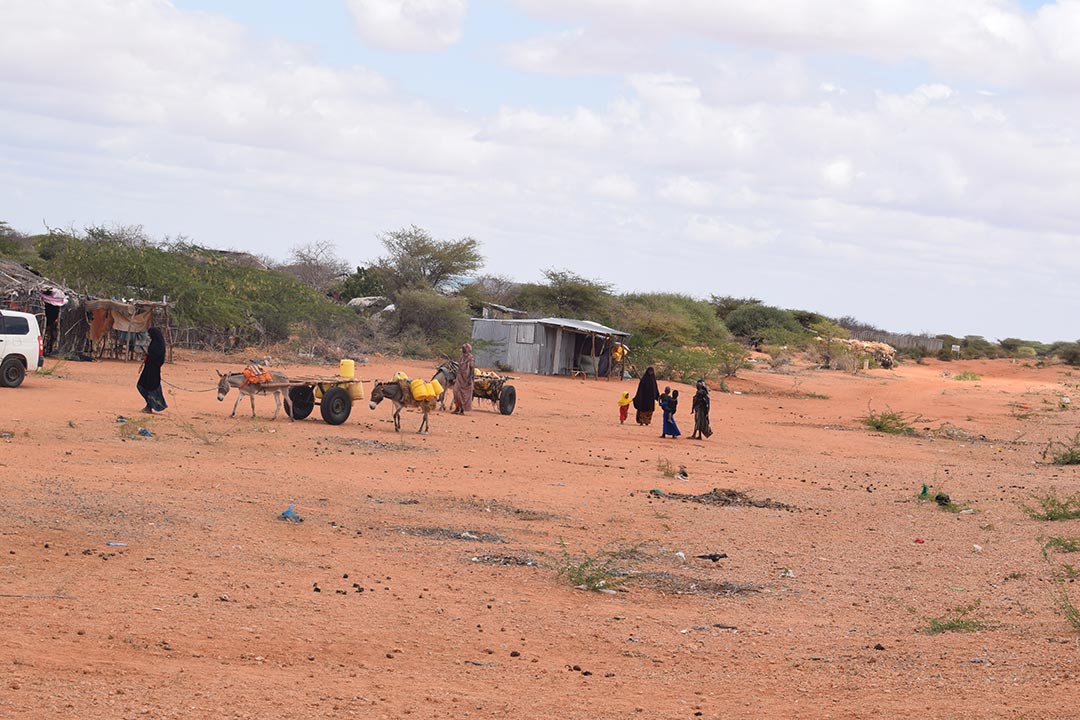
Credit: Abjata Khalif
The 2014 survey showed that children in areas with easier access to health facilities had a higher chance of getting immunisation services compared to those living in border areas and conflict settings. The northern region has the lowest basic vaccination coverage in the country.
The percentage of children aged between 12 and 23 months who have received all basic vaccines is lowest in the arid and semi-arid counties of Wajir, Mandera and Garissa. It is higher in counties like Kirinyaga, Kiambu, Muranga and Nandi.
The majority of health facilities operating in areas along the Kenya-Somalia border areas stopped offering critical services due to fear of terrorist attacks by the Islamist Al-Shabaab group and other rag-tag tribal bandits.
Disruption of health services in the region has led to increased deaths due to vaccine-preventable diseases.
Before the emergence of COVID-19, Kenya was committed to fully immunising 90% of all children with immunisation coverage of at least 80% in each county, including Garissa. The pandemic has affected routine immunisation.
As a result, in addition to COVID-19 mass vaccination and education, the Garissa County unit has engaged with cultural elders at important and sacred cultural meetings, gatherings and traditional festivals, and with the broader community through cultural outreaches and community visits to address the problem of zero-dose children.
“The challenges facing the Northern Kenya region are due to many factors including marginalisation by the national government and prolonged insecurity that has gripped the region from independence up to now. We also have new challenges such as climate change, which affects the movement of people from far flung villages and mobile health units offering immunisation as well as threats from terrorist group, Al-Shabaab, which has contributed to the closure of many health facilities in the region. It’s important for both the national and county government to engage non-state actors in a bid to popularise child immunisation,” states Amran Abdundi, an Executive Director with the women-led organisation, Frontier Indigenous Network.
Cultural elders are playing an increasing key role in teaming up with county health officials and traditional birth attendants to engage with and educate community members through community cultural forums.
“Our joint effort uses cultural forums and festivals to address child immunisation and educate communities on vaccine preventable diseases. It is working well as the communities then perceive the education and awareness as a cultural decree or direction. The same forums and outreaches help appease fears the communities may have around routine immunisation,” says Mahat Gabow, a member of the Saretho cultural elders.
“The Garissa county health authority has worked, and continues to work, with other partners in addressing and eliminating the barriers and ensuring we achieve our immunisation coverage goals,” says Mohamed Salat, Director of Preventative and Promotional Services in Garissa County.
